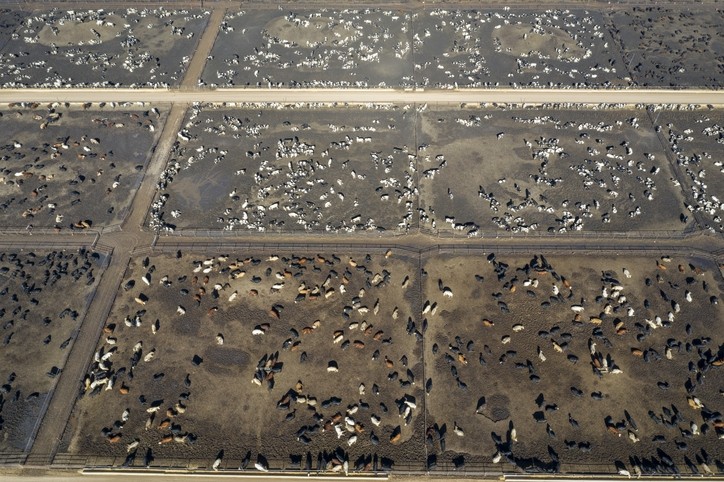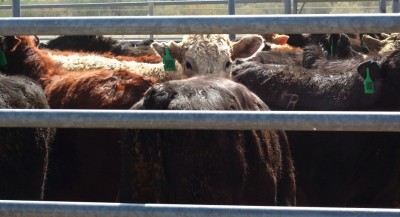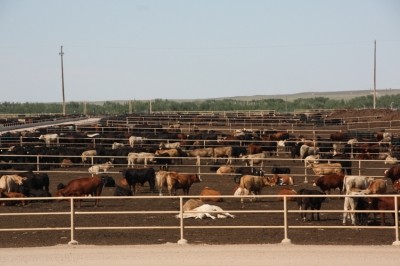US environment agency to study how large feeding operations impact water quality

The US Department of Agriculture (USDA) defines a CAFO as an intensive animal feeding operation (AFO) in which over 1000 animal units are confined for over 45 days a year. There are currently over 450,000 such livestock operations in the US, as per USDA data.
The EPA said the objective of its review is to allow it to make “an informed, reasoned decision” on whether revised effluent limitations guidelines (ELGs) - US pollution standards - are warranted for CAFOs.
The study will look at the extent to which the current ELGs are controlling pollutant discharges from CAFOs, and, if not, the extent to which revisions to the ELG could result in improved water quality protection. The agency will also evaluate technologies that are available and cost effective in terms of controlling CAFOs discharges, along with any implementation issues associated with currently applicable standards.
In addition, it outlined how it intends to assess whether any discharges from CAFOs are concentrated in particular regions or states, or whether they are widespread nationally. “Understanding the nature and frequency of discharges is critical to understanding the extent to which potential revision of the ELG could yield significant pollutant reductions.”
Guidelines are ‘ineffective’ say campaigners
US environmental groups argue that rules in relation to CAFOs, as they stand, fail to prevent water pollution. “There is mounting evidence that the current guidelines, last updated in 2008, are ineffective at protecting waterways,” said the US activist group, Food & Water Watch.
The EPA’s decision to carry out the study followed a 2021 lawsuit filed by those campaigners in the Ninth Circuit Court of Appeals over the agency’s decision not to update CAFOs wastewater guidelines.
In 2017, a group of 34 advocacy groups led by Food and Water Watch filed a legal petition asking EPA to revise its CAFOs regulations. In 2021, EPA announced it was not planning on amending them. That triggered further action from the activist group, which then sued the agency last year, with EPA officials announcing they would now study CAFOs to see if any modification of the regulations is required.
“After 15 years, the EPA has finally been forced to take a long, hard look at factory farm water pollution. This new study is a critical opportunity for the agency to finally obtain crucial information about the true scope of factory farm water pollution, something it has lacked for decades,” said Food & Water Watch legal director, Tarah Heinzen.
Lower production costs
The benefits related to CAFOs are mainly economic in nature, according to a report. “On average, larger farms have lower production costs than smaller farms; the differences are substantial and hold across a wide range of herd sizes. For example, larger farms are more likely to realize positive net financial returns to milk production due to the reduced production costs with fewer resources,” stated the authors.







